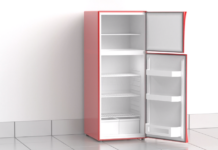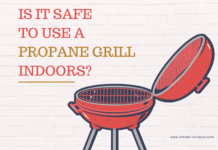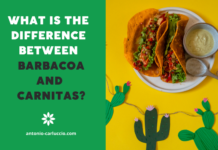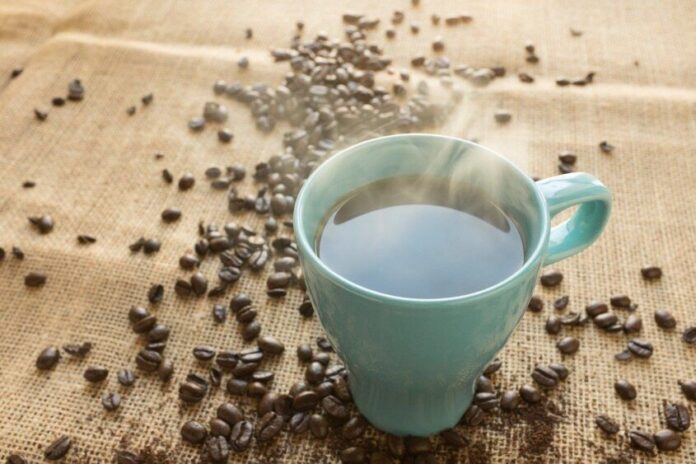
Everyone has their favored coffee-brewing method. Some may swear by the French Press while others are partial to their drip coffee maker. The choice is usually a combination of comfort, convenience, and taste preferences.
A vast range of techniques and methods are at the disposal of coffee lovers. And we love to enjoy these options!
Taste and preferences are deeply personal so this list doesn’t follow any order. Let’s take a look at the five most popular methods for brewing coffee at home.
1. Coffee Machine – Drip And Espresso Coffee Makers
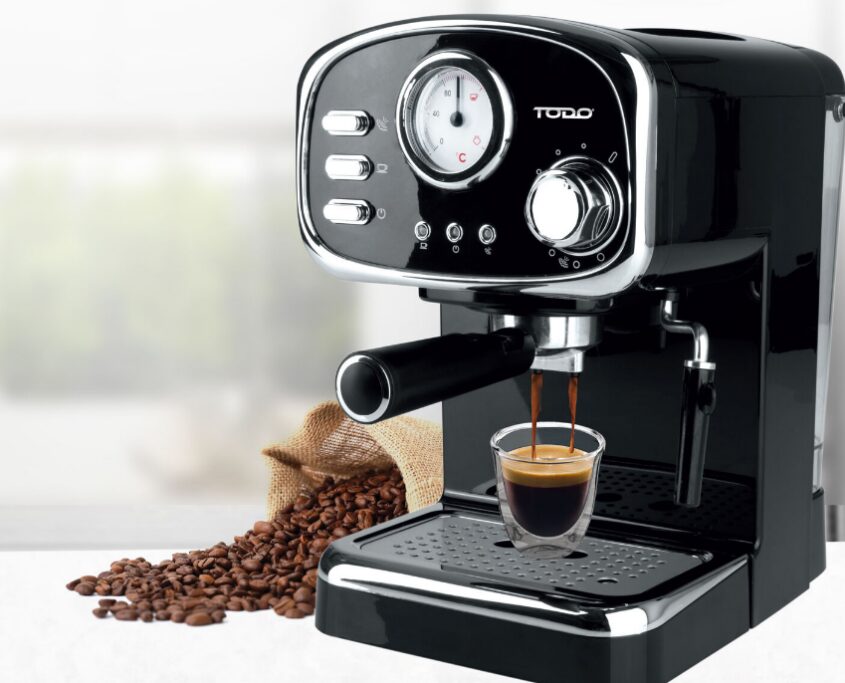
Coffee makers need no introduction – they’re practically omnipresent. Brewing coffee at the touch of a button, whether at the home, office, or cafe is decidedly modern. While I have included drip coffee makers and espresso coffee makers together in this section, they’re both very different beasts.
The drip coffee maker is very common and can be seen in almost every café, diner, restaurant, and most homes. It works with medium-coarse coffee grinds and can be used to brew anything from a single cup to a full pot of coffee. Features can vary with various machines and models. Some common options include auto-on, programmable brewing at pre-set times, auto-off, hot plate, etc.
Espresso coffee makers prefer fine ground coffee. Though it is a popular beverage by itself, the espresso is also the base for other beloved beverages like latte and cappuccino. Espresso must be brewed under a minimum of 9 bars of pressure. According to the coffee blog caffeineinsider.com, the desired pressure is 15 bars for brewing a truly impressive espresso.
Given the need for pressure, these machines make use of a pump or similar mechanisms to generate pressure. These requirements usually make espresso makers relatively more expensive than comparable drip coffee makers.
2. French Press
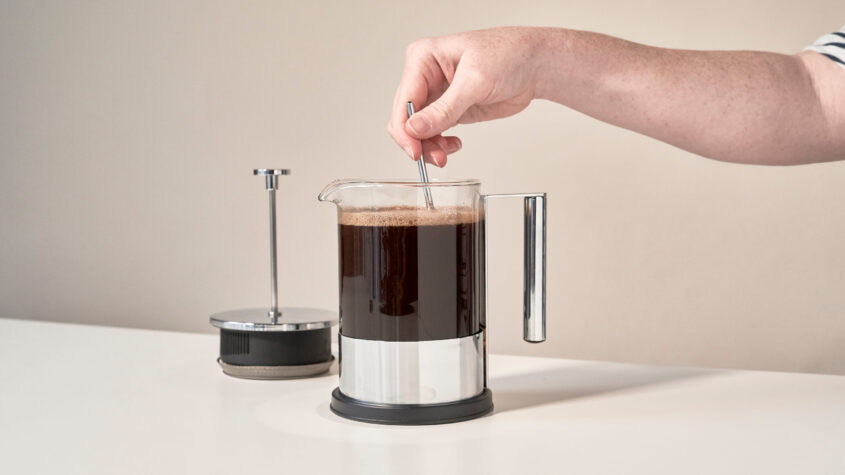
French Press or plunger-style coffee makers have been popular for almost a century now. These simple and straightforward contraptions make it remarkably easy to brew great coffee.
The basic mechanism is simple enough – add hot water to the coffee beans and give the extraction process a few minutes. This time required depends on how strong you want your coffee and can vary from 4-7 minutes.
Patrons of this process usually experiment a bit to find the extraction time that works best for them. Just keep in mind that letting the extraction process run too long can make your coffee taste bitter. Also, waiting for too long might make the coffee feel “not hot enough”. A few minutes are no problem, but remember not to push it!
A coarse grind is generally recommended for this method. If you’ve got a French press with a good filter, I’d say go for a medium grind. That way, the extraction process can be quicker and you get a hotter, stronger cup of coffee. The good quality filter will ensure that there isn’t too much sediment in your cuppa.
3. Pour-Over Coffee
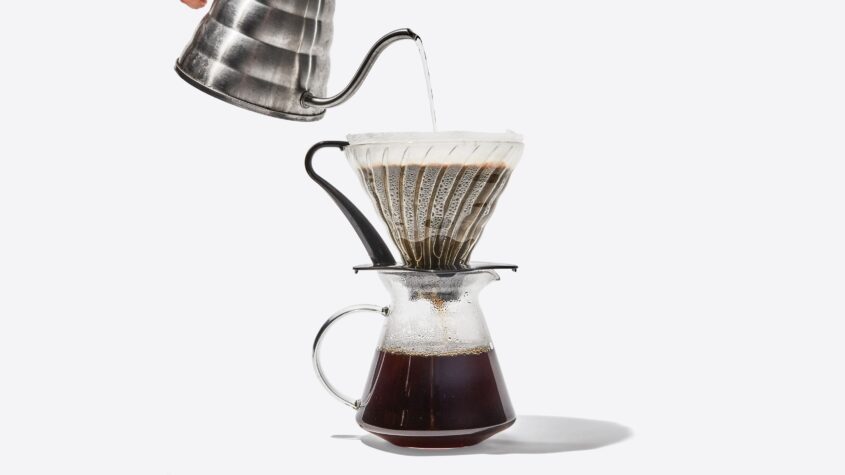
Pour-Over Coffee has become increasingly popular over the past few years. It is a straightforward technique, but it isn’t without its intricacies. Apart from the coffee equipment and filter, it’s also a good idea to use a gooseneck kettle to pour hot water.
Having a steady stream of hot water that soaks the coffee grounds evenly is a key component of brewing good pour-over coffee. You should also know when to stop pouring and give the water time to soak through the coffee grounds.
While we’re on the topic, the water used should be hot, not boiling. For most brewing methods, the SCA recommended water temperature is in the range of 195-205 °F, which is slightly below the boiling temperature of 212°F. Using boiling water can scald coffee grounds and make the coffee taste bitter.
The most popular pour-over equipment can be cup-style like the Hario V60 or carafe-style, like the Chemex. The coffee brewing process remains essentially the same as these methods. However, the brewed coffee can taste different given the shape and structure of the equipment.
Several drip coffee makers mimic the pour-over process to brew a great cup of coffee. Though they automate the process through the creative use of showerheads and water flow. While the machines make great coffee, the manual process can work wonders in the hands of a skilled barista.
4. Cold Brew Coffee
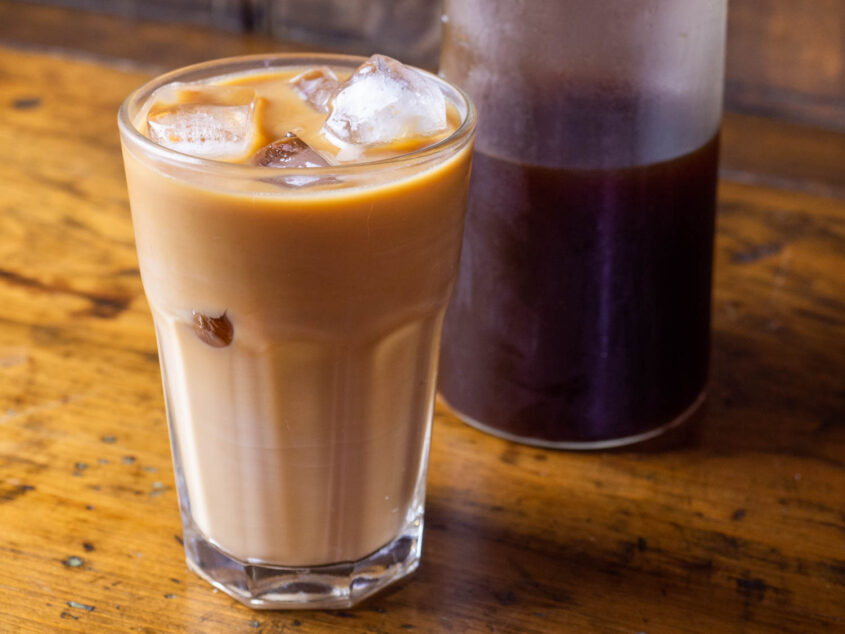
Summer demands cold beverages, and cold brew coffee has become the answer to those needs. Cold-brew coffee doesn’t use hot water, so the extraction can take several hours, rather than the minutes it takes with hot water.
It is common for the process to take 12-16 hours, though some will even allow it to take 24 hours. Water is poured into coarse-ground coffee and the mixture is then set to sit in a refrigerator for the desired time.
Once done, the coffee grounds are filtered out and you’re left with a strong coffee concentrate that’s refreshing and enjoyable. Another effect of this method is that the brewed coffee has a strikingly low acid content as compared to hot water brewing.
The low acid content can prove to be useful for people troubled by acidity, heartburn, and GERD issues. It’s worth noting that the method is called cold brew coffee because of the water temperature used for extraction.
You could very well add the coffee concentrate to hot water and enjoy hot coffee with this method. That said, cold brew is most popular with cold beverages.
5. Coffee Percolator
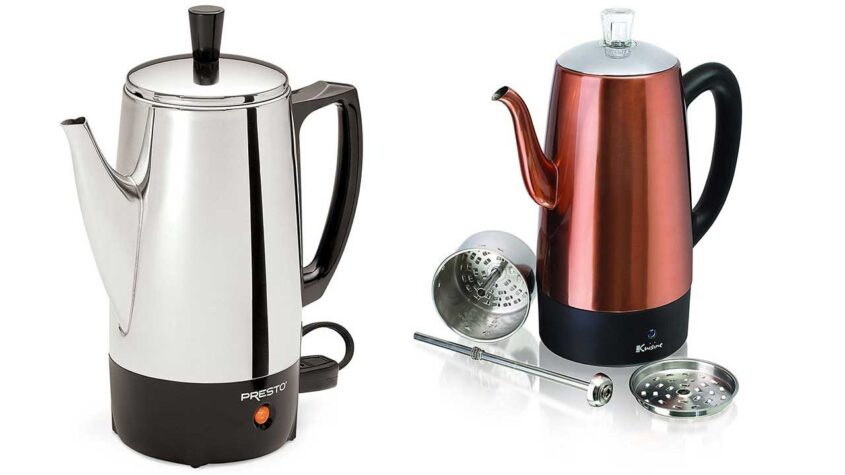
Coffee Percolators used to be the most common household coffee makers in the USA before the advent of drip coffee machines. Though they’ve been pushed off the top spot by other methods, percolators continue to be fairly popular.
Percolators are generally placed directly on a heat source (a stove or fire). As the water inside the percolator is heated, the water or steam may be pushed through the coffee grounds. This depends entirely on the construction of the percolator, though either method can prove useful.
The famed Moka Pot is also a type of percolator, though not all percolators are Moka Pots. Coffee brewed in a percolator is usually strong and might even go slightly to the bitter side.
Percolators are great for brewing large batches of coffee and can be employed to brew dozens of cups in one go. This method rarely allows the nuanced flavors and taste notes of coffee to stay on in the brew. However, if a strong brew rich in caffeine is what you want, the percolator is the best pick.

